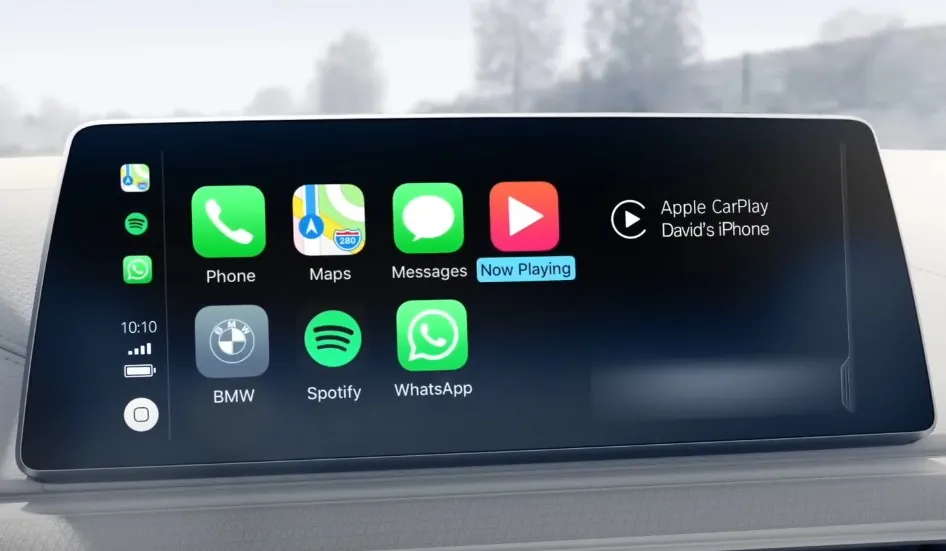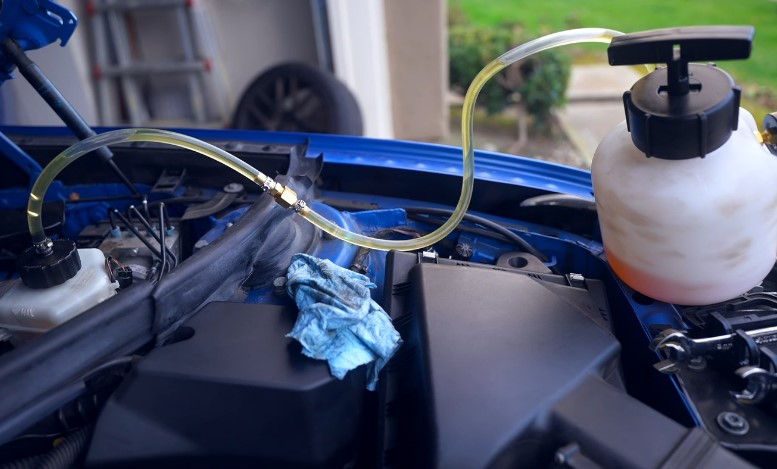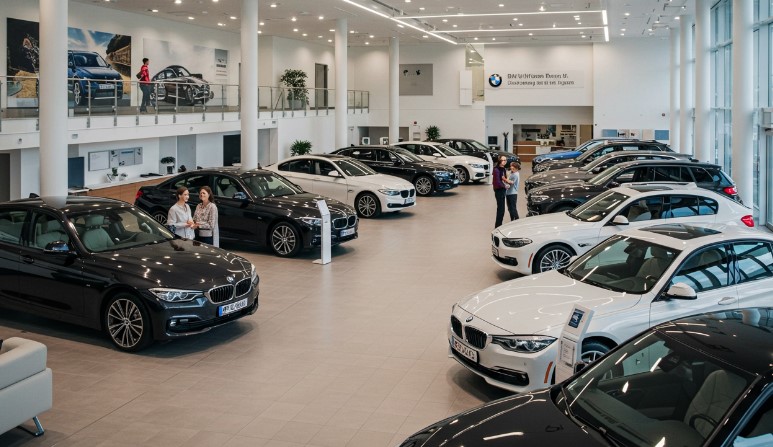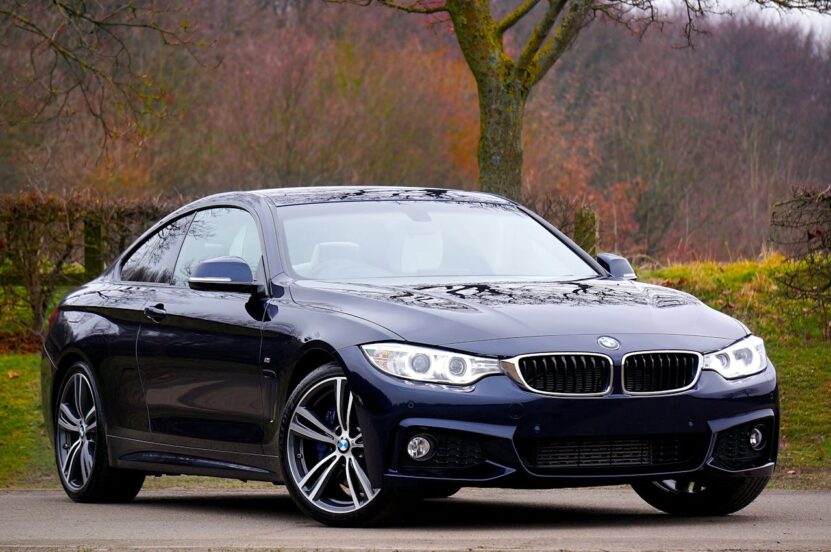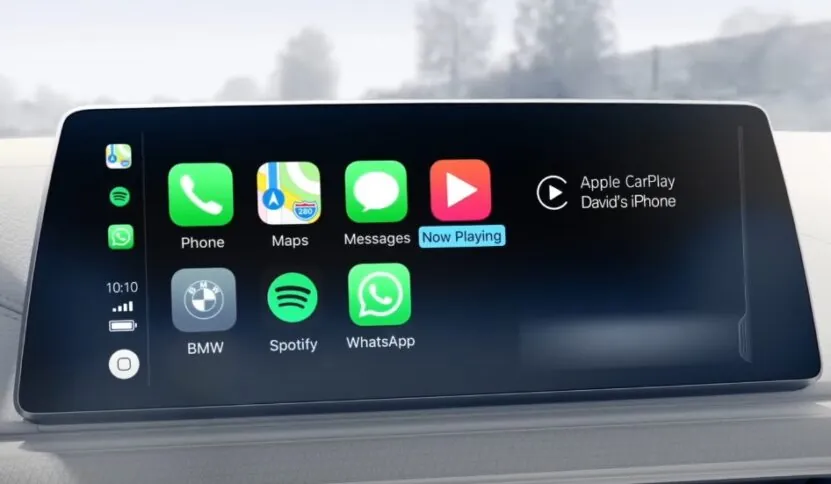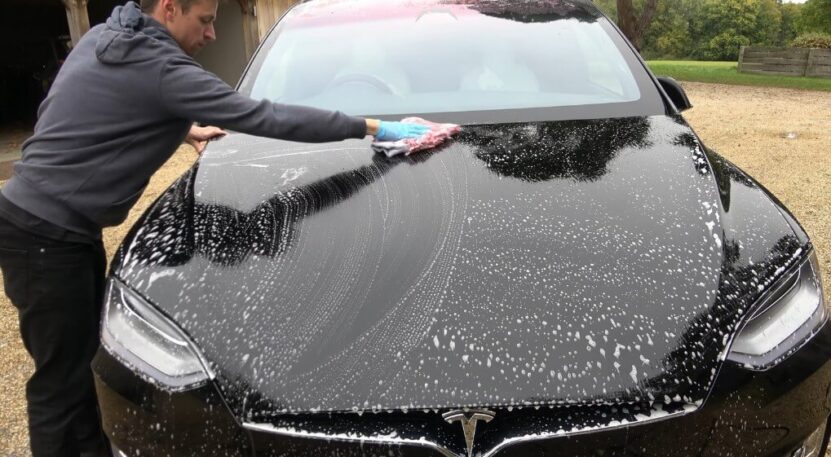
Share Post:
There’s something deeply satisfying about driving a brand-new car off the lot—until the realization hits that it just lost thousands in value before you even made it home.
Depreciation is the quiet cost of car ownership, often more impactful than gas, insurance, or even repairs. But not all cars are hit equally. Some drop like a stone in value, while others hold steady year after year.
So what makes certain cars depreciate faster than others? It’s not just luck or brand reputation—it’s a mix of real-world factors that play out in used car lots, auction blocks, and online listings every day. Let’s break it down.
Table of Contents
Toggle1. The Make and Model Game
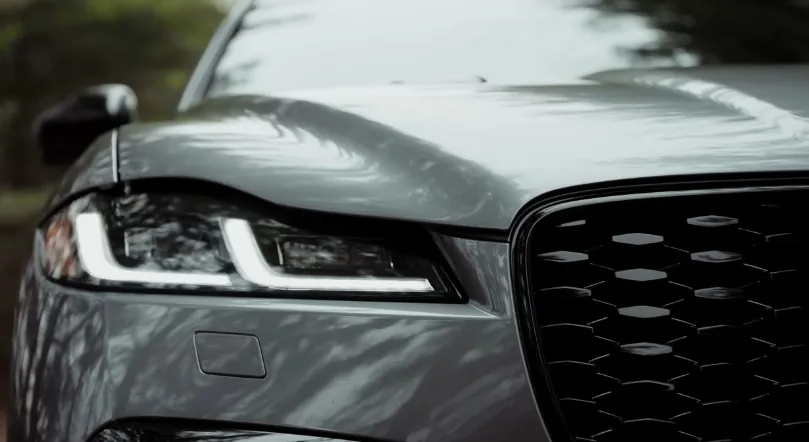
Some car brands just carry more weight when it comes to resale. Toyota and Honda? Practically legendary for their long-term value. BMW, Mercedes, Jaguar? Not so much—at least not in the depreciation department.
Why luxury cars lose value fast:
- High MSRP: A $70,000 luxury car that drops 45% still loses more than $30,000 in raw value.
- Technology churn: Fancy features become outdated fast, especially in high-end models.
- Maintenance costs: Luxury brands often have higher upkeep costs, which scares off secondhand buyers.
Meanwhile, Toyota’s Land Cruiser barely flinches in resale value, even after a decade. It’s not just the badge—it’s the bulletproof reputation for reliability.
2. New Model Years and Redesigns
Car makers love rolling out updates—fresh tech, new safety features, sleeker designs. Great for the showroom floor. Not so great for your older model sitting in the garage.
Every time a model gets a refresh, the value of the previous generation takes a hit. Buyers want the latest look and upgraded features, even if your car’s still running fine.
The 2022 Nissan Leaf depreciates by 46.29% over five years, in part because newer Leafs have longer range and better tech.
3. Mileage Is the Silent Killer
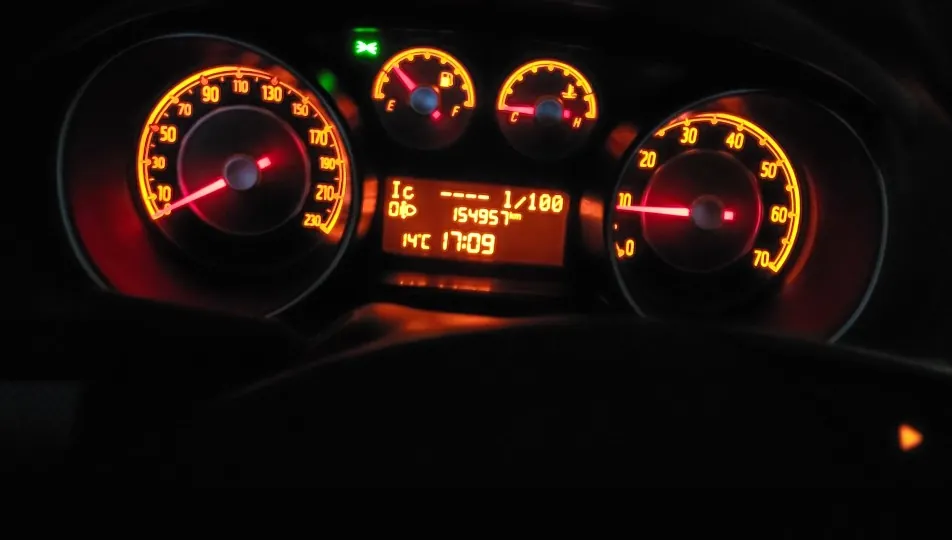
Mileage is the clearest signal of wear and tear. It doesn’t matter how well a car’s treated—if it’s got 120,000 miles on the clock, the resale value’s taking a hit.
Think about it from a buyer’s perspective:
- High mileage = more repairs coming up
- Major services, like timing belts or suspension components, loom on the horizon
- Tires, which last around 55,000–85,000 miles, might need replacing soon
4. Age and Obsolescence
Once a car hits 10–15 years, it’s not just about wear—it’s about support. Parts might become harder to find. Safety and infotainment systems start to feel prehistoric. Insurance companies might even start eyeing it as a total loss more easily.
Even a mint-condition car that’s too old might not hold value, especially without features like:
- Blind spot monitoring
- Adaptive cruise control
- Backup cameras (now mandatory on all new U.S. vehicles)
5. Condition and Maintenance History
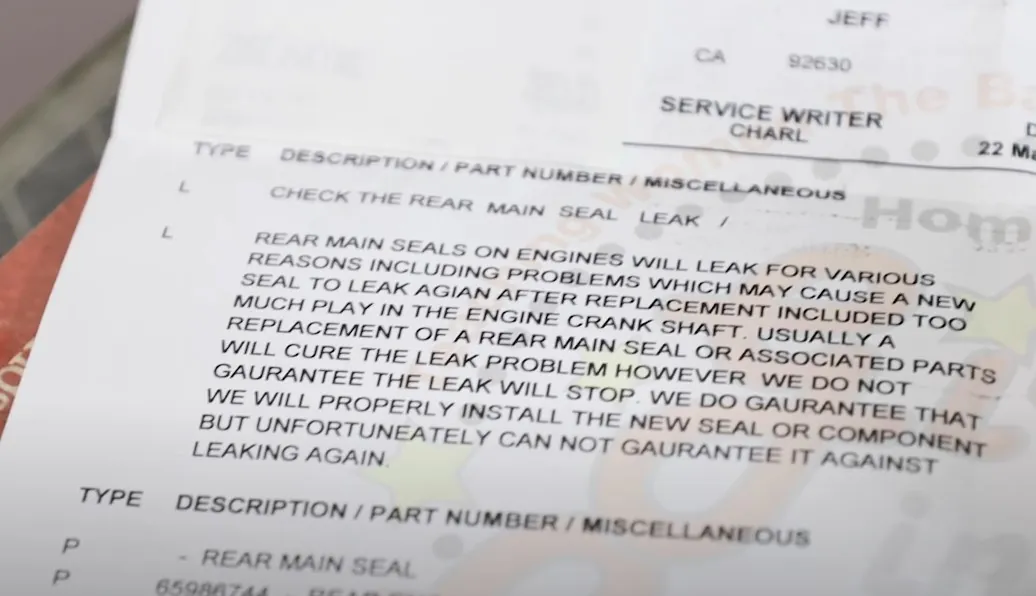
No one wants to inherit someone else’s problems. A car with a clean service record, no rust, no accident history, and regular maintenance is gold in the used market. On the flip side, even a luxury car that’s been poorly cared for can plummet in value.
Think of a well-kept Honda City VTEC or Toyota Innova—years old but still commanding strong resale prices due to routine upkeep.
On the other end, a scratched-up BMW 7 Series with faded paint and mismatched tires? That’ll collect dust on the lot.
For buyers, a clean maintenance record is crucial—but so is a clean digital footprint. Services like CleanAutoHistory can help remove outdated or unflattering vehicle history from online databases, making your car more appealing to secondhand buyers.
6. Market Demand and Fuel Trends
Demand is everything. The second fuel prices spike, big V8 SUVs and trucks start losing appeal. When buyers shift toward hybrids, EVs, or compact sedans, yesterday’s favorites become liabilities.
The 2022 Volkswagen ID.4 depreciates by 51.33% in five years, largely due to increased competition in the EV market.
It’s also a timing game. If a new rival launches with better features or a lower price, older models take a hit—even if they’re still great cars.
7. Styling That Doesn’t Age Well
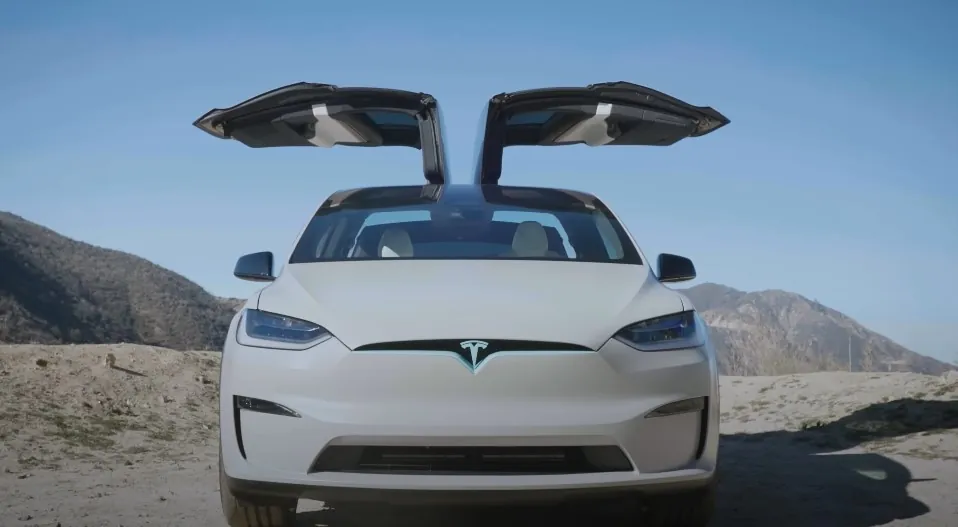
A car might look bold and exciting when it launches—but five years later, the design might feel outdated or divisive. Cars with “love-it-or-hate-it” looks tend to depreciate faster.
The 2022 Tesla Model X drops by 55.23% in value—thanks partly to its polarizing shape and falcon-wing doors, which turn off some secondhand buyers.
Subtle, timeless designs tend to hold their value longer than flashy, trend-heavy ones.
8. Lack of Practical Features
Think cramped back seats, tiny trunks, or an infotainment system from the Stone Age. If a car doesn’t fit into everyday life—whether it’s a family hauler, commuter, or adventure machine—it’ll struggle on the resale market.
The 2022 Audi e-tron GT is sleek and fast but has a tight second row and a small trunk—issues that hurt its used value.
People shop practicality hard when buying used. If a car can’t carry luggage or car seats or doesn’t feel comfortable on longer drives, it gets passed over.
9. Price Shock at the Start
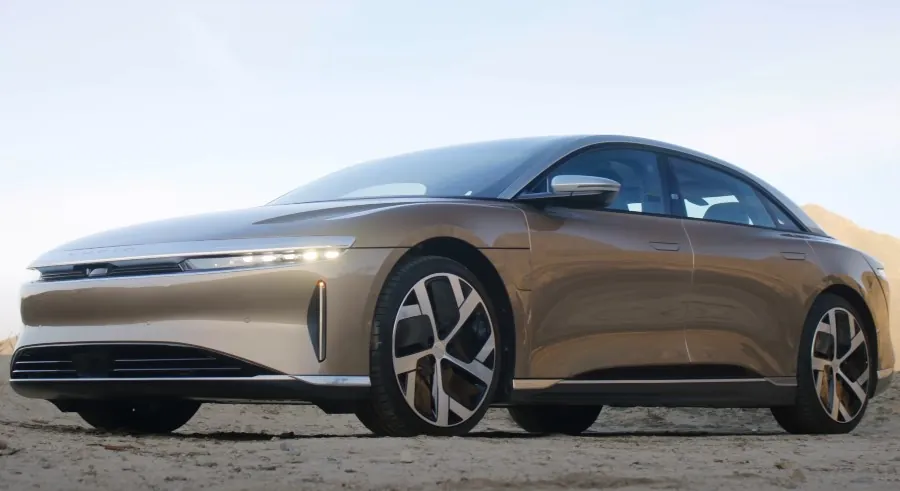
The more a car costs up front, the more room there is to fall. High-dollar vehicles simply have further to drop. Even if they depreciate at the same percentage rate, the raw dollar loss is brutal.
The 2022 Lucid Air, for example, starts at $128,200 and loses 54.74% of its value—shedding over $70,000 in just five years.
It’s not that the Lucid is a bad car—it’s just that expensive cars almost always face steeper depreciation cliffs, especially if they’re from newer or less established brands.
10. Customization and Mod Culture
Love that aftermarket exhaust? Those racing stripes? Lifted suspension? Well, potential buyers might not. Most used car buyers are looking for factory specs—something predictable, something insurable.
Highly modified cars often scare off buyers due to unknowns about performance, legality, or reliability. Plus, insurance can be trickier and pricier.
Bottom line: the more a car’s been customized, the smaller its potential resale audience.
11. Broader Economic Factors
Even macro conditions play a role. Supply chain issues, inflation, interest rates—these things affect how quickly a car loses value.
During the COVID-19 pandemic, for instance, used car prices actually went up. Now that inventory levels are stabilizing, depreciation trends are returning to normal—sometimes with an extra hit for models that were overpriced during the spike.
Tesla’s constant pricing tweaks also hurt used values. When the new Model Y suddenly drops in MSRP, used ones sitting at higher prices look like a raw deal.
12. The Image Factor
Sometimes it’s not about what the car is—it’s about what it represents. Perceived value, brand image, and public sentiment all impact depreciation.
The Ford Mustang Mach-E has strong performance numbers, but loses 46.13% in five years—due in part to skepticism from Mustang traditionalists and unclear branding.
A car that doesn’t “feel” like a premium or performance vehicle—even if it technically is—can lose buyer trust fast.
Fastest-Depreciating 2022 Models
Here’s how it plays out by the numbers:
| Car Model | Depreciation Rate | Value Lost | New Price | Used Price | Notable Factors |
| Tesla Model S | 61.53% | $74,131.50 | $120,490 | $46,358.50 | Tech turnover, frequent price drops |
| Tesla Model Y | 56.64% | $38,510 | $67,990 | $29,480 | Undercut by new model pricing |
| Lucid Air | 54.74% | $70,171.50 | $128,200 | $58,028.50 | Brand uncertainty, steep MSRP |
| Mercedes EQS Sedan | 50.81% | $63,990 | $125,950 | $61,960 | Cumbersome interface, high cost of entry |
| Jaguar I-Pace | 47.36% | $33,107 | $69,900 | $36,793 | Brand reputation, slow EV adoption |
| Volkswagen ID.4 | 51.33% | $25,870 | $50,400 | $24,530 | Market saturation, limited brand loyalty |
How to Protect Yourself from Fast Depreciation
यो पोस्ट Instagram मा हेर्नुहोस्
Rocky’s Ultimate Garage – PPF, Detailing, Car Sales (@rockysultimategarage) ले साझा गरेको पोस्ट
You can’t stop depreciation, but you can outsmart it. A few smart moves can keep you from losing more than you have to.
What You Can Do
- Buy used: Let someone else take the first hit.
- Stick with reliable brands: Toyota, Honda, and Subaru often win the long game.
- Avoid custom mods: Keep it stock for wider appeal.
- Limit mileage: The fewer the miles, the stronger the resale case.
- Maintain it well: Service records add serious resale credibility.
- Track market trends: Don’t buy a gas guzzler during a fuel spike—or an EV if a new model is about to drop.
Final Thoughts
Depreciation isn’t just a financial detail—it’s one of the most important parts of car ownership. While some brands and models hold their value like champions, others burn cash like firewood. The reasons aren’t always obvious on the surface, but they show up clearly on resale listings.
If you’re buying a car—especially a new one—it pays to think ahead. Know which models drop the hardest, which ones earn their keep, and how to ride that line between getting what you love and not regretting it in five years.
Because let’s be real—cars are more than numbers. But those numbers still matter.
Related Posts:





